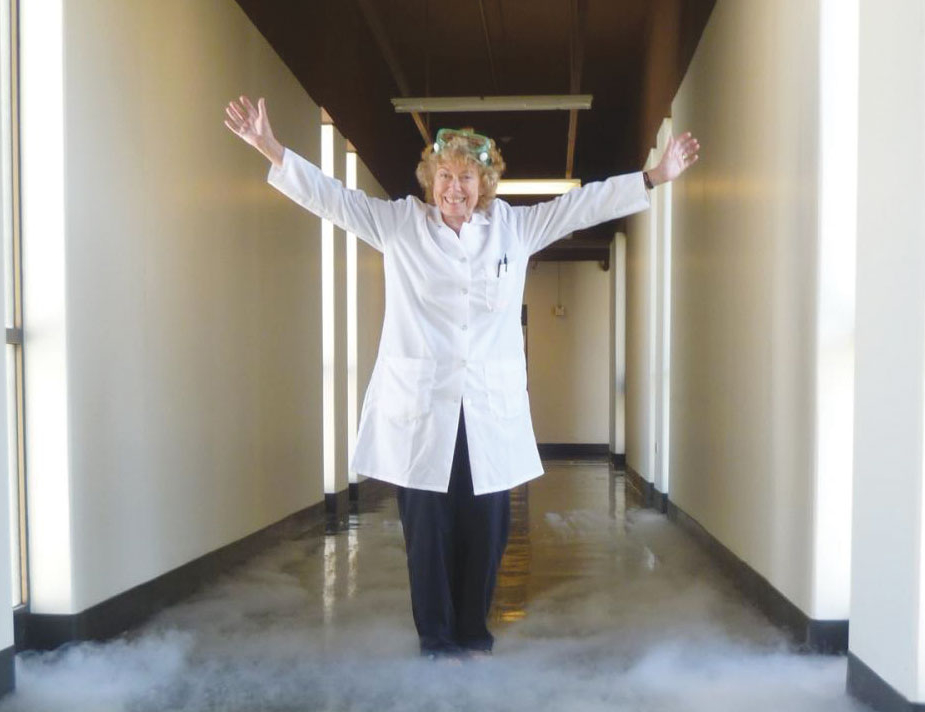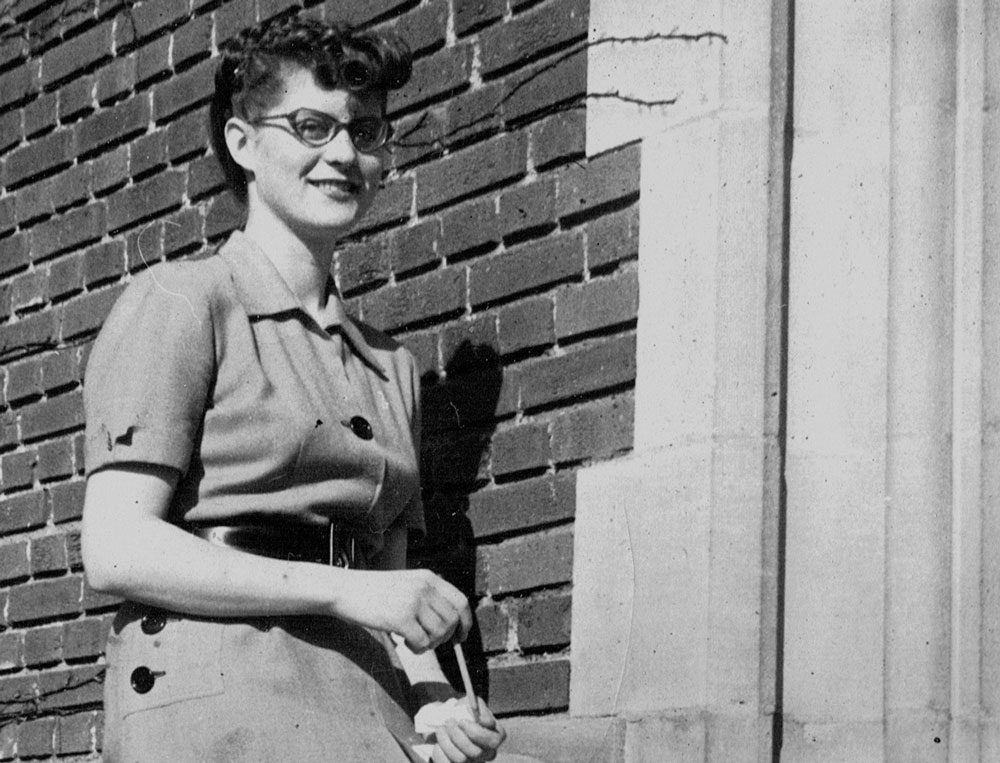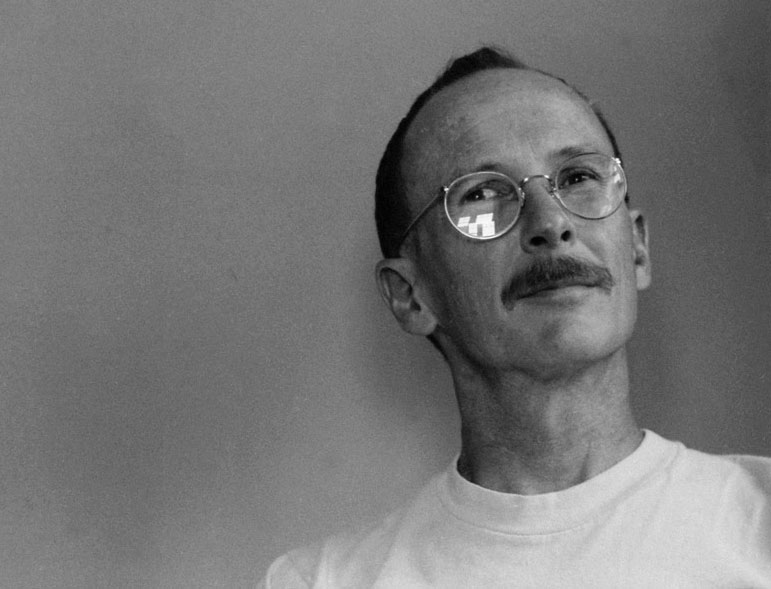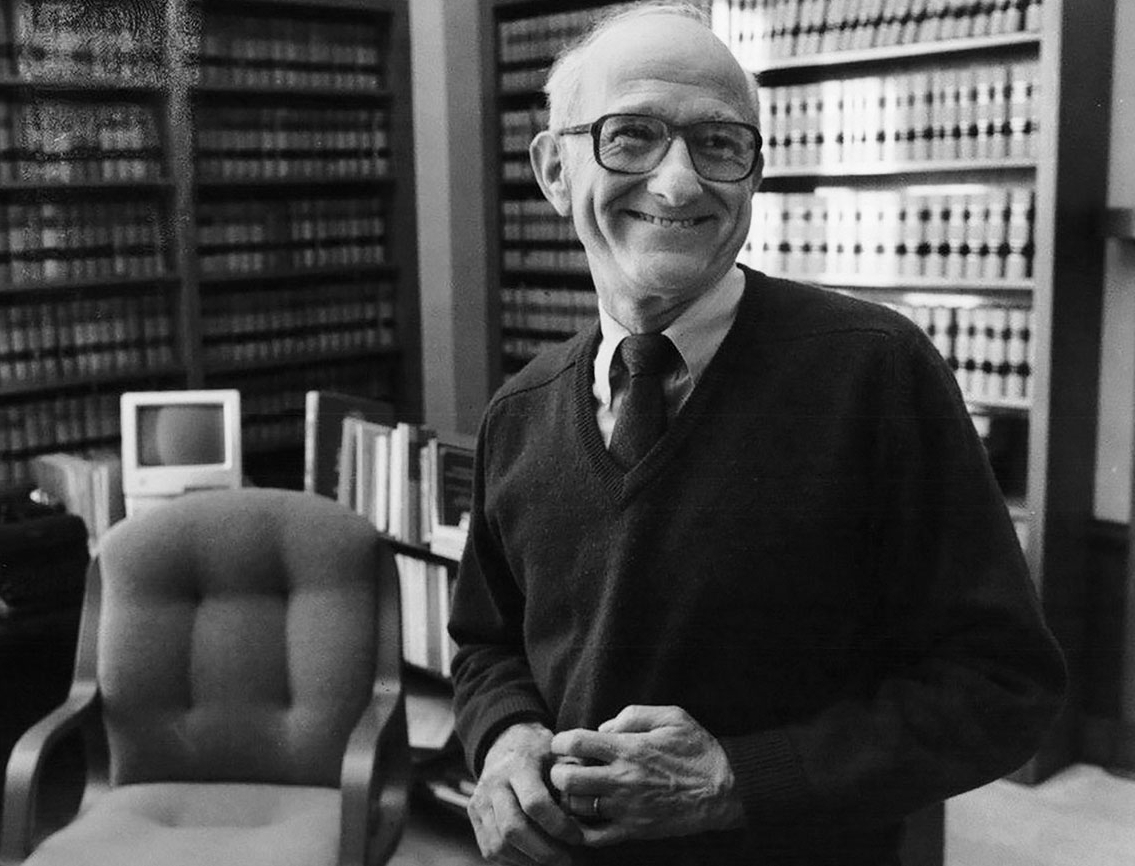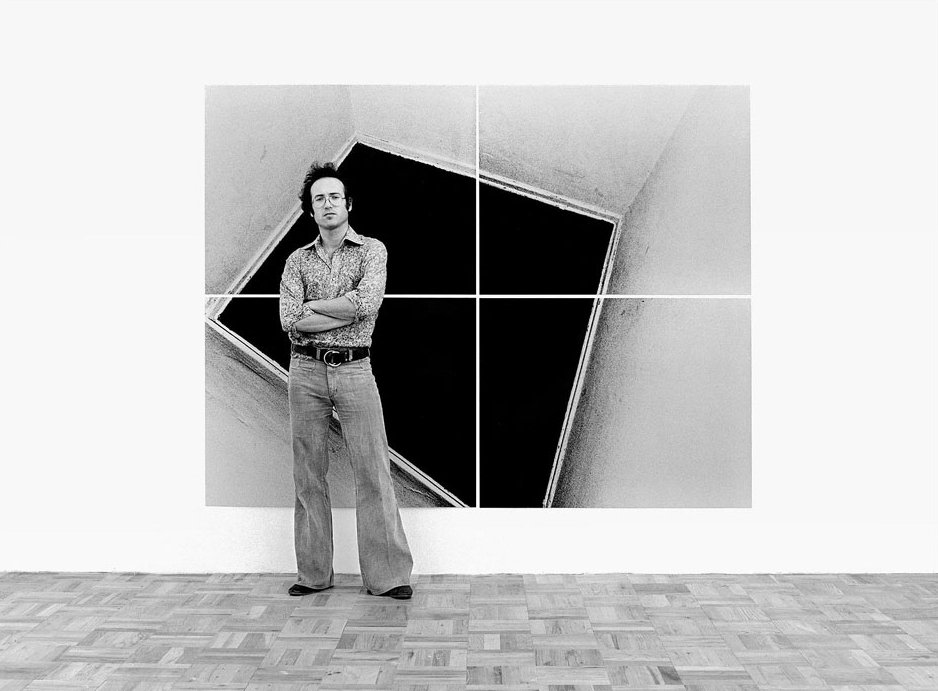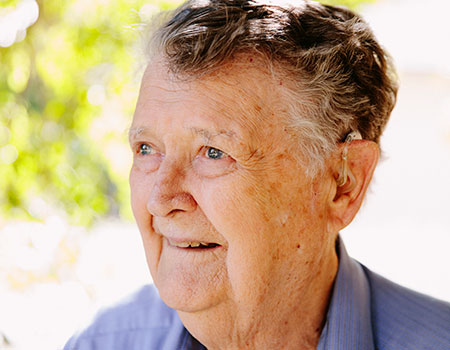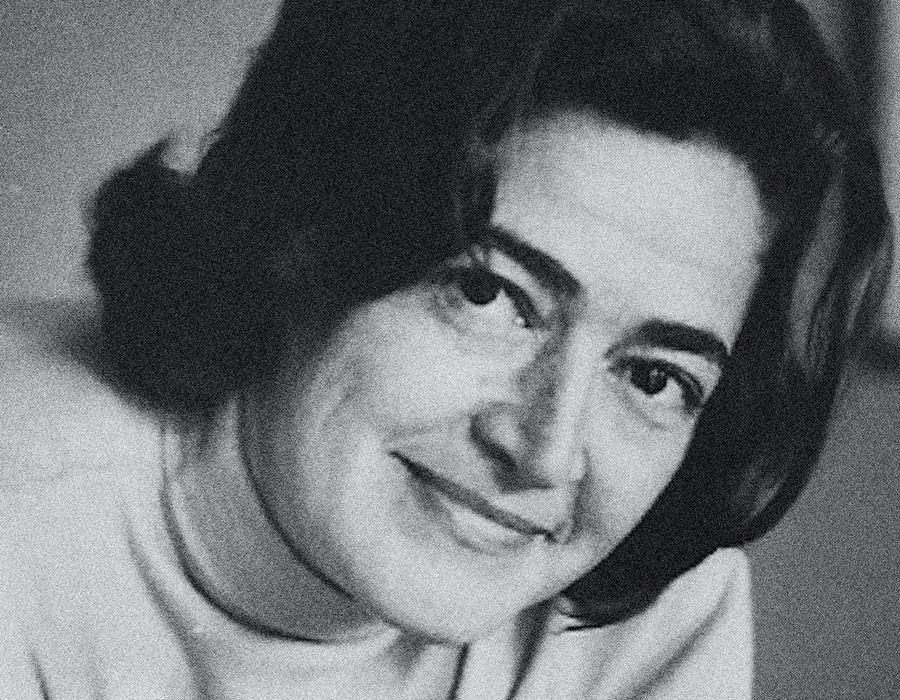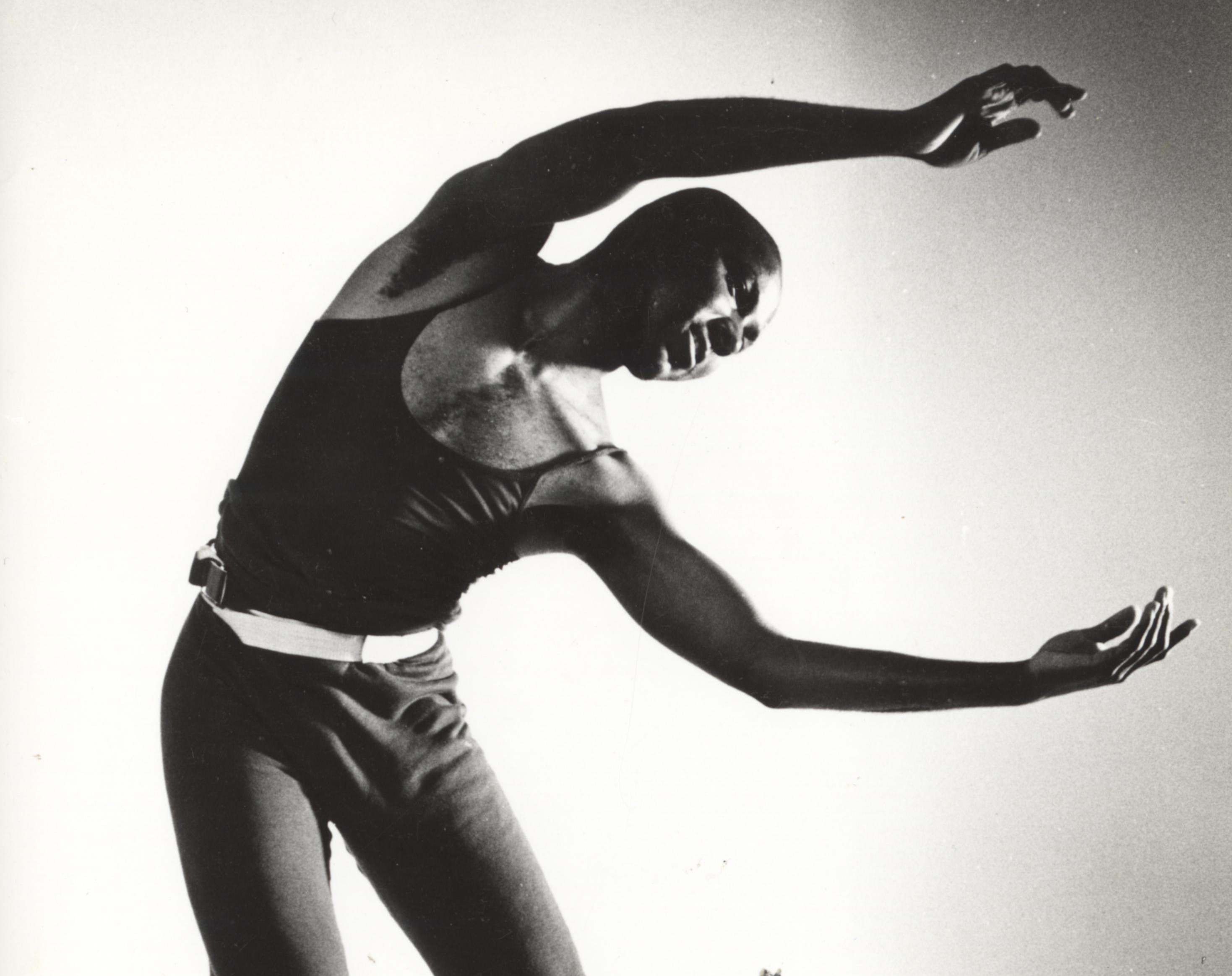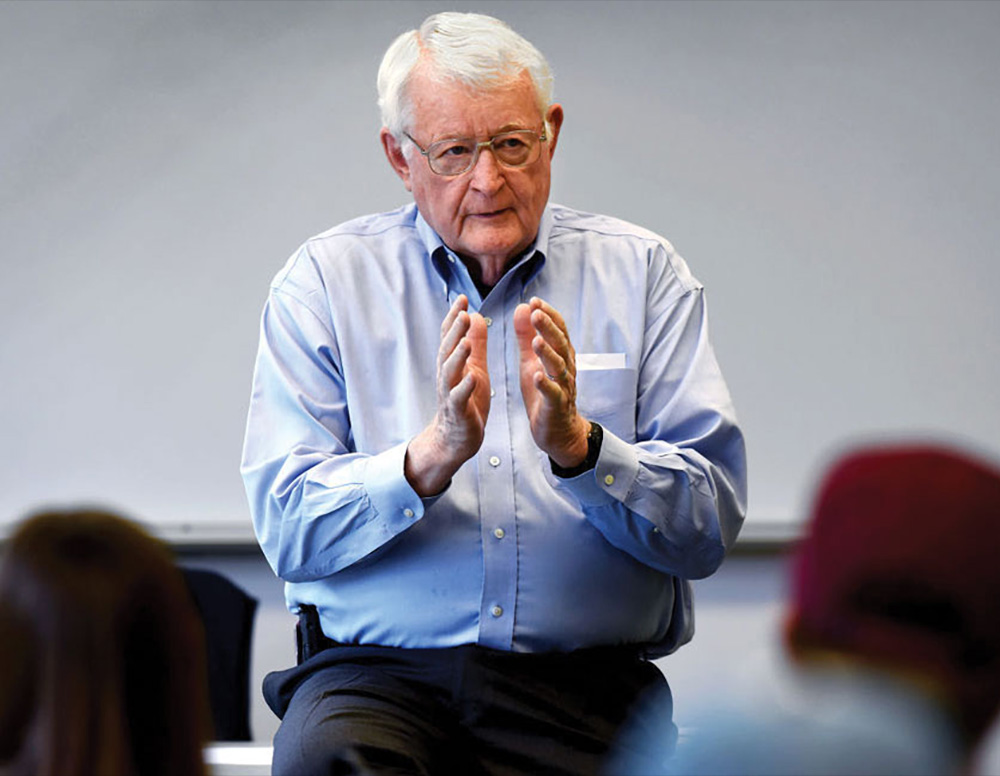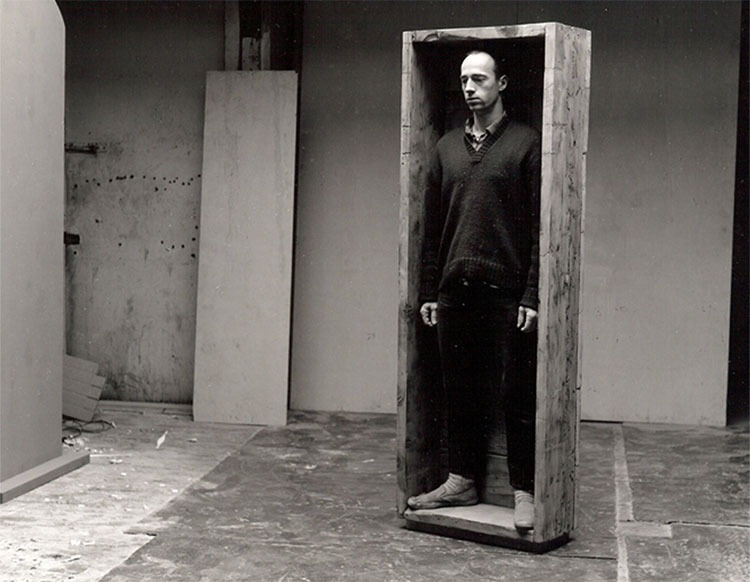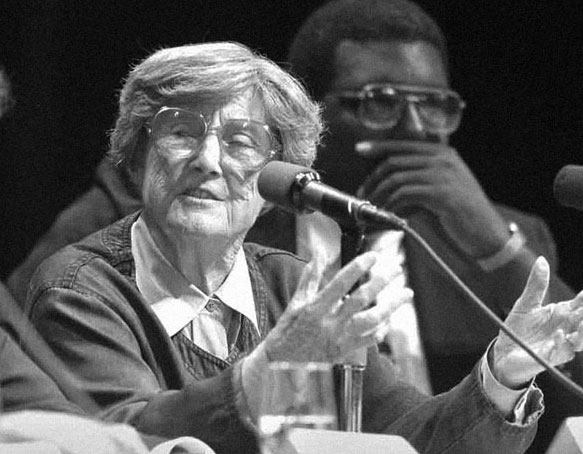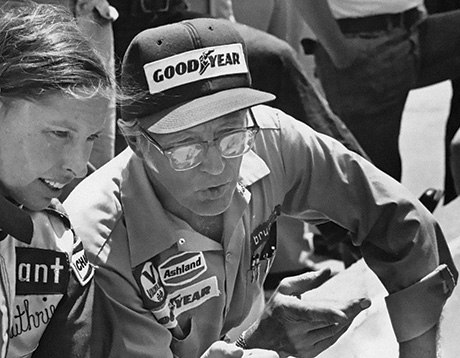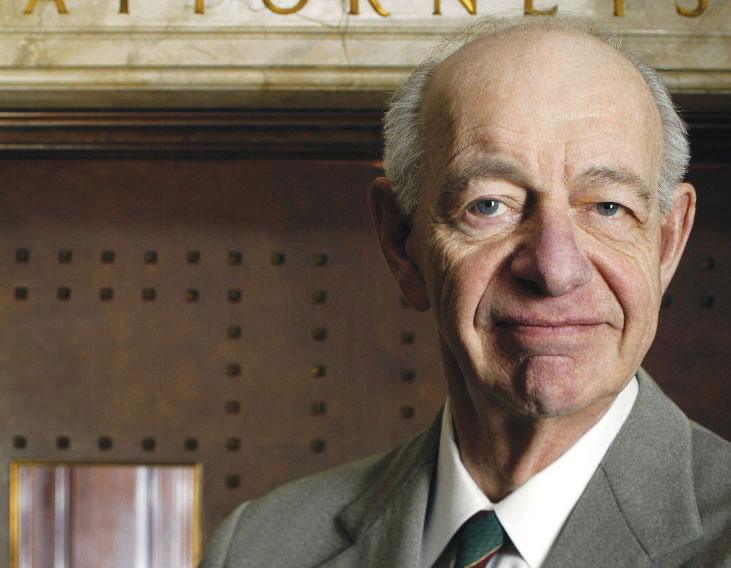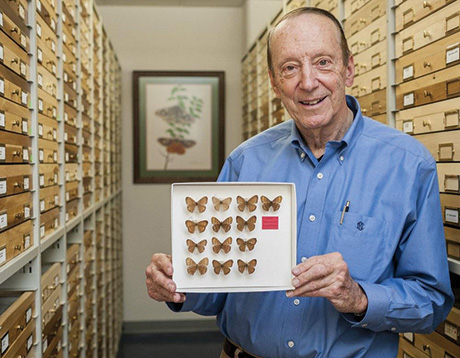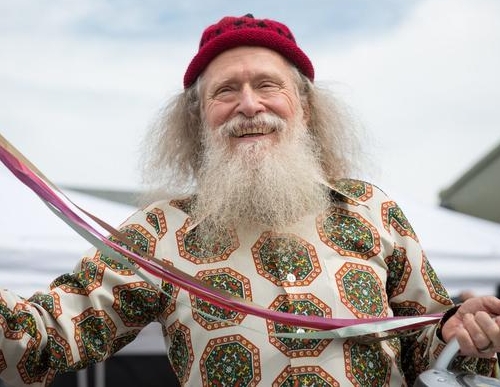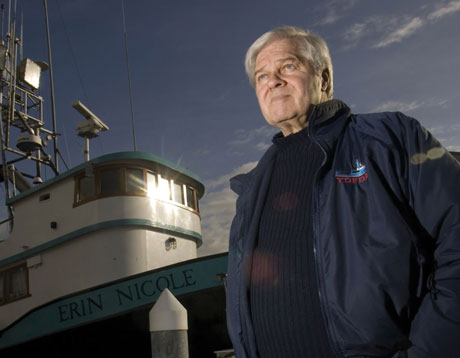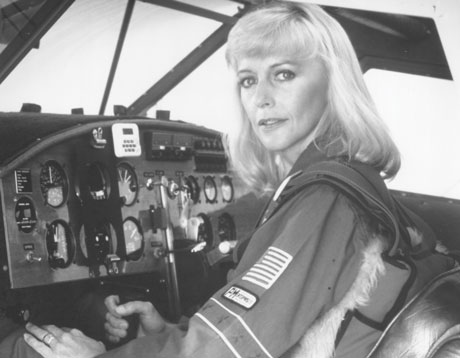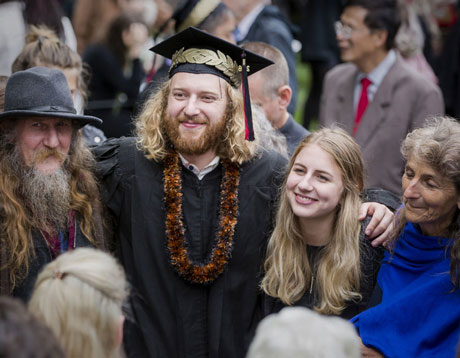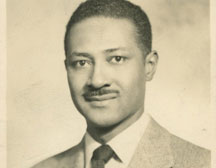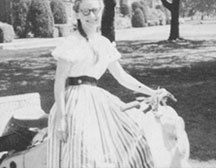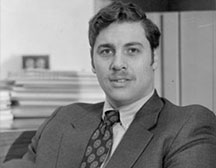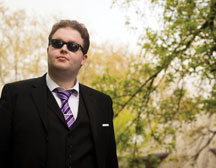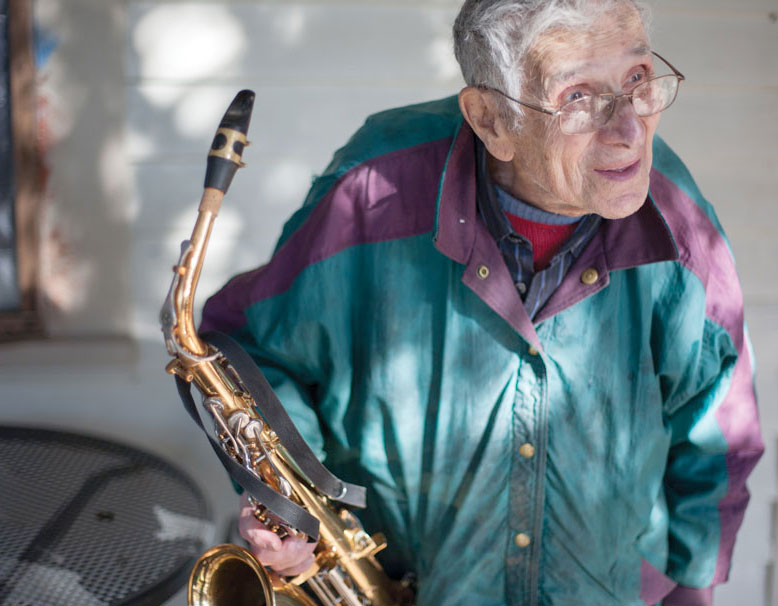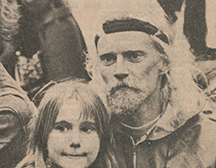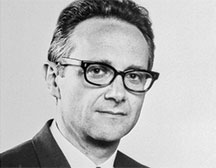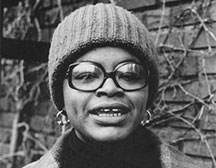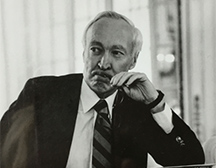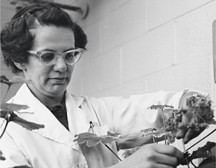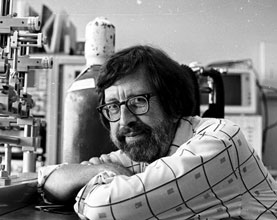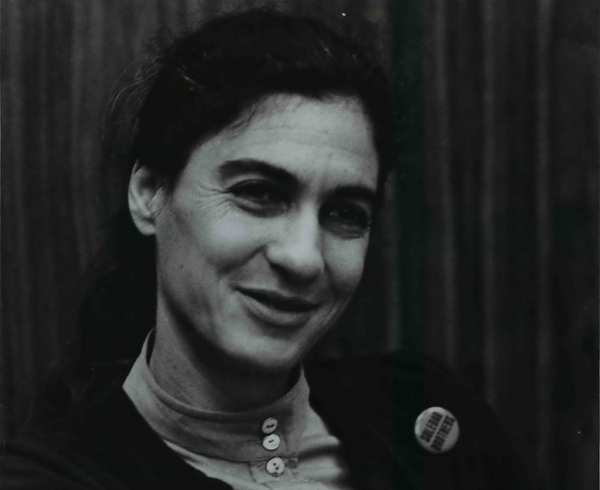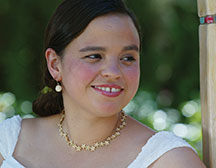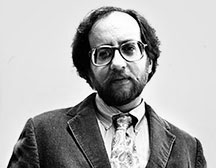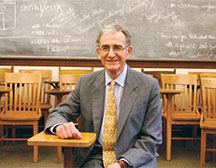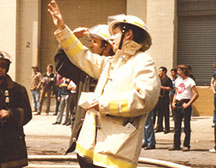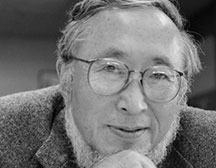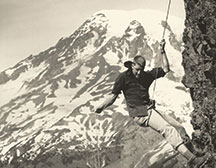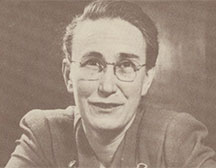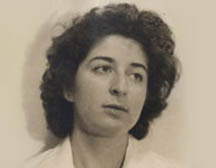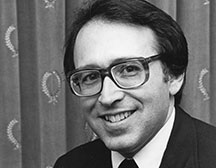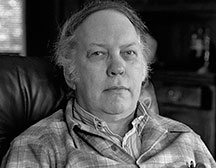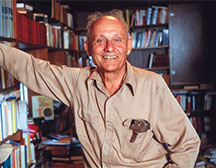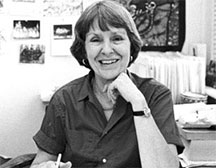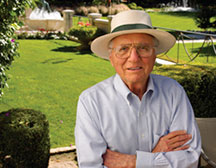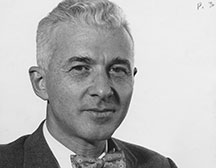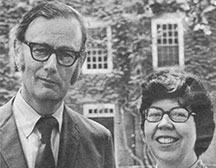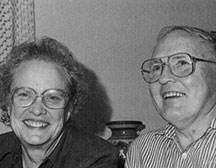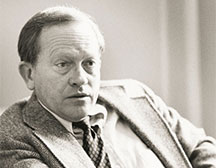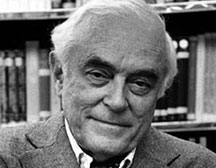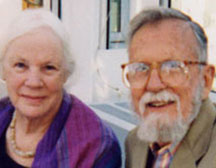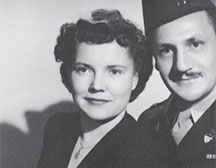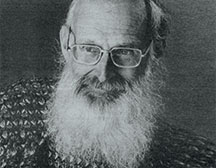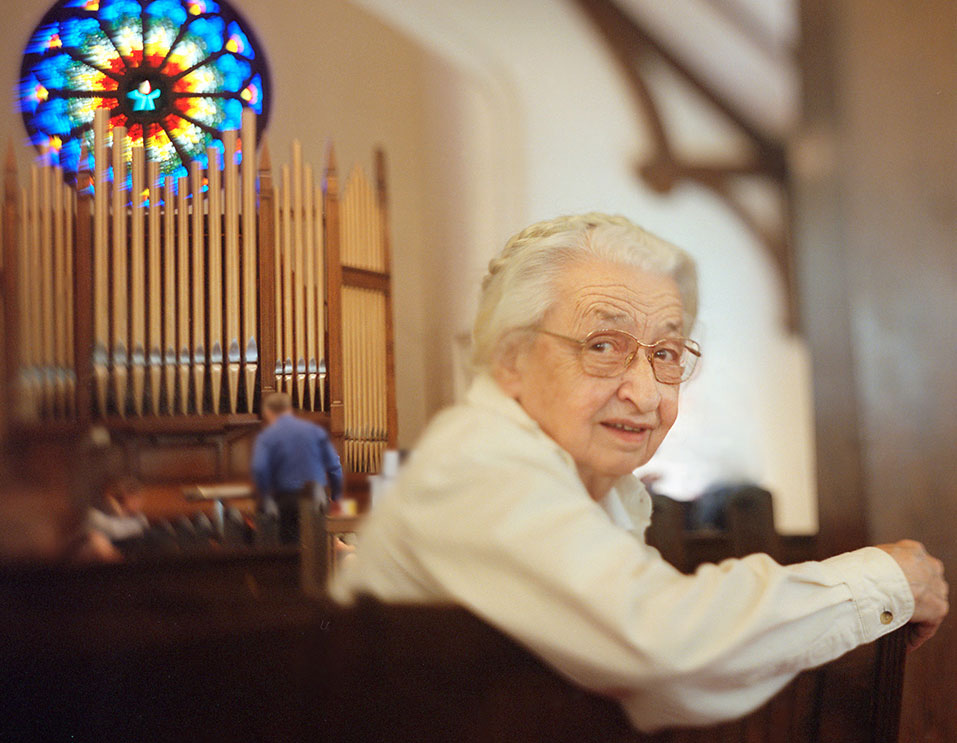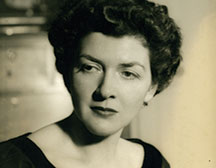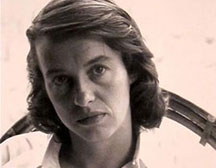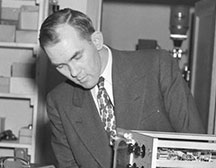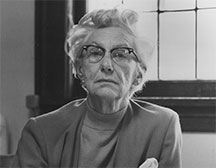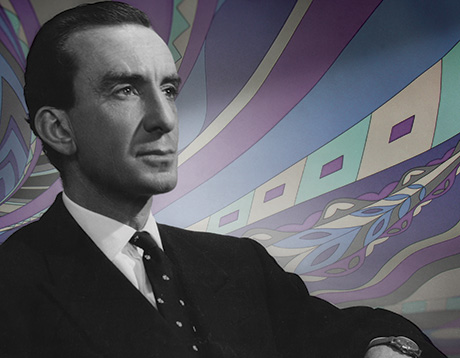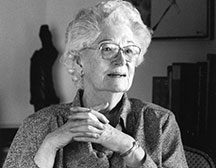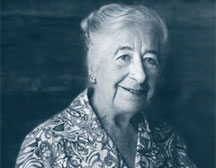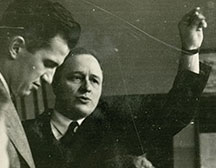Paul Elliott Sikora ’70
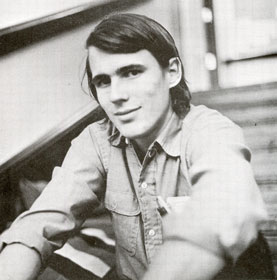
Paul Elliott Sikora ’70, January 17, 2015, in Washington, D.C.
Paul came to Reed from California and earned a BA in art, working primarily in sculpture and painting. His thesis, “The Reed Campus: Conglomeration, Continuity and Harmony,” was written with adviser Prof. William Lipke [art history 1969–70]. His four years at the college were “very difficult but wonderfully rich,” he wrote later. Paul defined his early career as an aspirant writer and he enjoyed travel. “I would program computers for awhile, then use the savings to travel or to hole up in a cheap place in Seattle writing fiction. I traveled mainly by thumb. One of my journeys led to digging wells in Upper Volta. I published none of the fiction.”
In the late ’70s, Paul entered law school at Lewis & Clark. During this time, he served as associate editor of Environmental Law; he also sailed, wrote fiction, and learned to make mobiles. His introduction to mobiles came in 1966 in New York City, when he was en route to Europe following high school graduation. “The Guggenheim Museum had an eight-meter-tall mobile of white circles by Alexander Calder, who invented the art form in the ’30s,” Paul later wrote, referring to himself in the third-person. “As I climbed the Guggenheim’s Frank Lloyd Wright spiral, I spent as much time looking in wonder on the changing perspectives of Calder’s mobile as I did at the rest of the museum’s art.”
In law school, he rented the ground floor of a disintegrating old wooden Victorian house with a 3.5-meter ceiling that needed mobiles to express its space, he wrote. “One Friday after classes, I checked out four books about Alexander Calder from the Portland Public Library and, on the way home, stopped by an art supply store and a hardware store. That weekend was magical, figuring out how Mr. Calder developed two fundamental principles of balance into an art form unique to the world.” He earned a JD in 1979 and joined the firm of Diamond & Sylvester in Seattle in 1987, practicing land use, energy, and environmental law. He sailed on a small sloop on Lake Washington and chartered a larger boat in order to sail in the San Juan and Gulf Islands. He also began teaching land use, part time, at the University of Washington, and served as chair of the Seattle mayor’s task force on downtown and housing.
During this exuberant period of his life, Paul experienced a near fatal flare up of a genetic disorder, systemic lupus. He recovered and enrolled at the University of Washington, earning an MA in urban planning in 1994. He taught land use law and environmental law on behalf of the Washington Department of Ecology, served as trustee of the Allied Arts of Seattle, and was a member of the Seattle Comprehensive Plan Housing Task Force. Paul went on to Columbia University, where he earned an LLM in 1998 and was named a James Kent Scholar. Following that, he taught land use law, environmental law, and legal rhetoric at Samara State University in Samara, Russia. “Life is too short to be dull,” he remarked.
Paul moved to Washington, D.C., in 2002 to write and analyze proposed legislation for the Department of Housing and Urban Development. And at this time, he decided to become a professional artist, intending to retire from law in 2014, in order to practice his art full time. He received his first commission to make mobiles for the Madera Hotel in D.C. and sold his work at the Eastern Market in D.C. for several years. He began exhibiting his work, and in 2011 Paul showed 10 of his distinctive lightspace mobiles at the exhibition Balance, Space and Time, presented for World Philosophy Day at UNESCO Headquarters in Paris. While he had not planned to sell any of his work, he reported that he sold half of his mobiles—“the only time I left Paris with more money in my pocket than when I arrived.” Survivors include his mother, Jean Sikora; sister Catherine Darby, brother Mikael, and extended family.
Appeared in Reed magazine: June 2015
comments powered by DisqusFrom the Archives: The Lives they Led
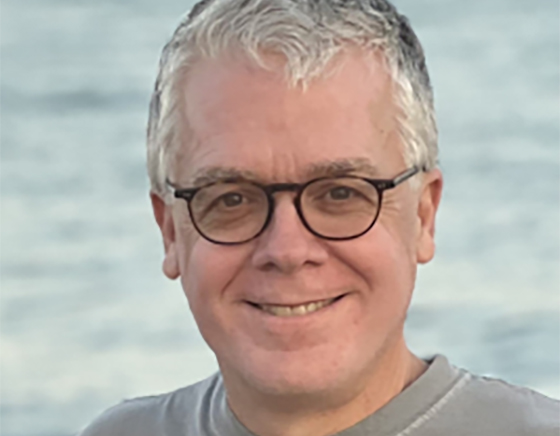
Frederick Dushin ’86
Frederick, an architect and software developer, embodied the intellectually adventurous spirit of Reed throughout his life.
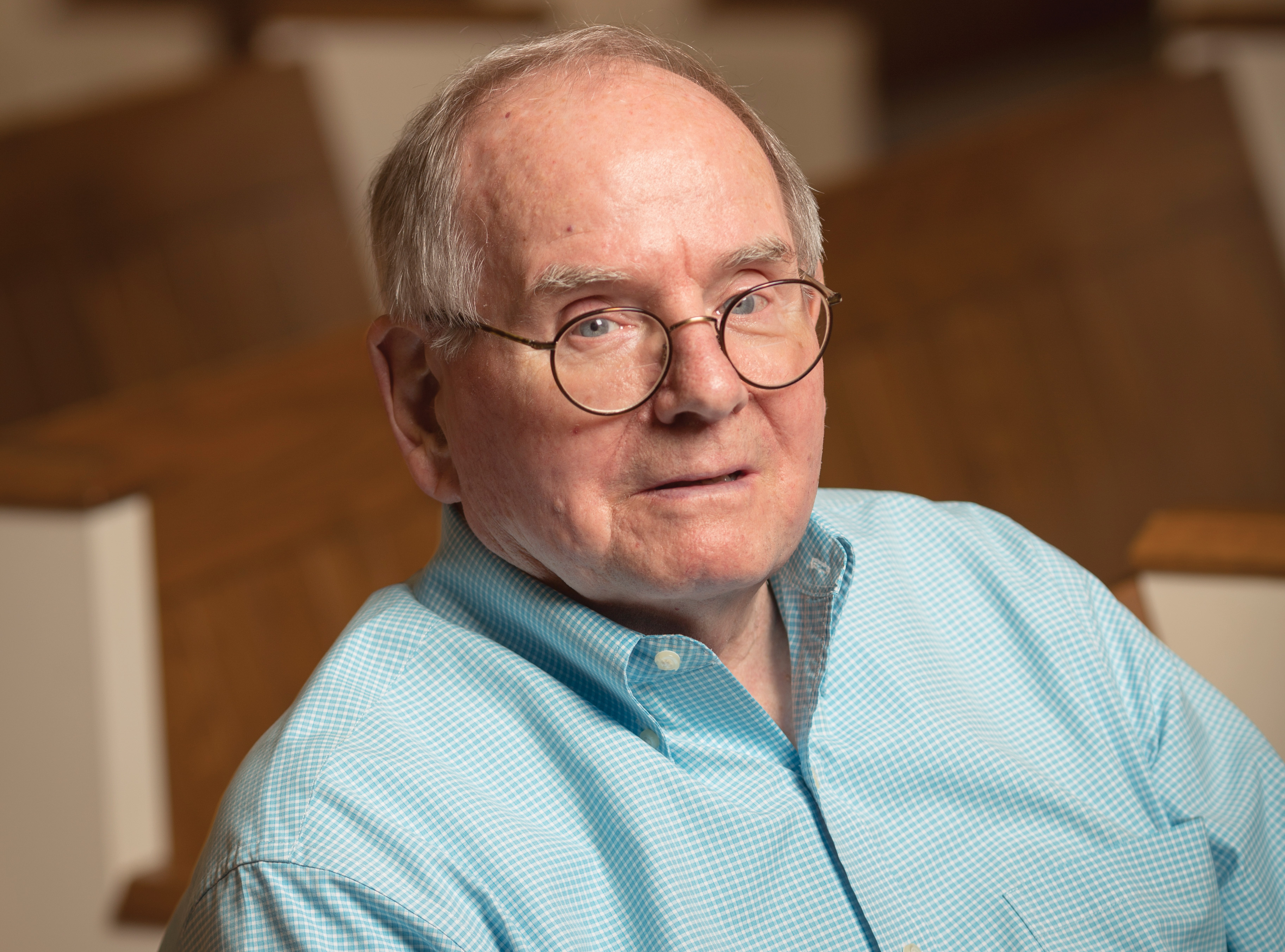
William Haden
As acting president of Reed from 1991 to 1992, William “Bill” R. Haden worked to strengthen Reed’s finances and improve alumni relations.
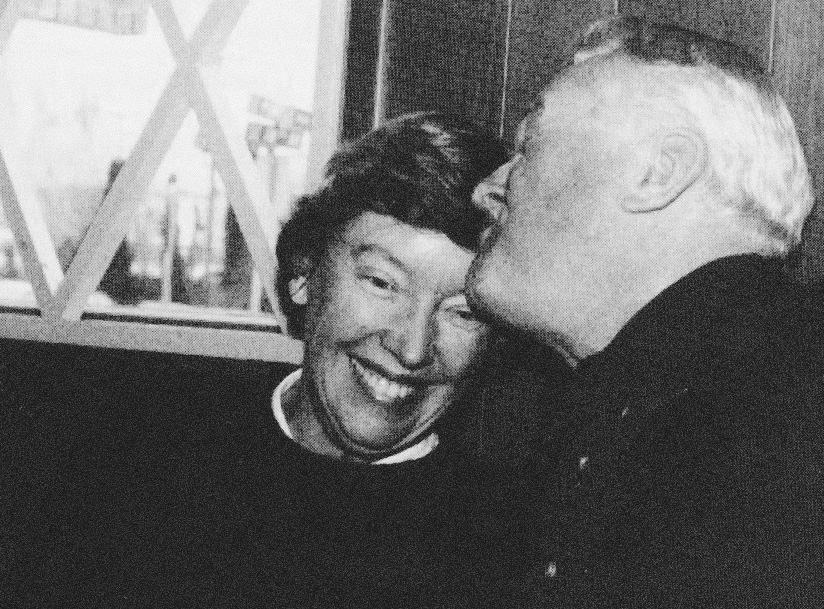
Nancy Horton Bragdon
Reed’s First Lady Whose Warmth and Leadership Were Invaluable During a Turbulent Time

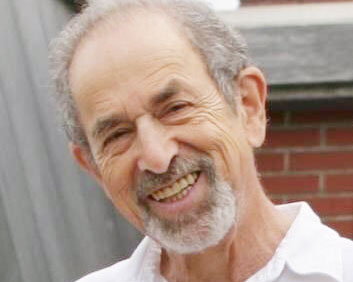
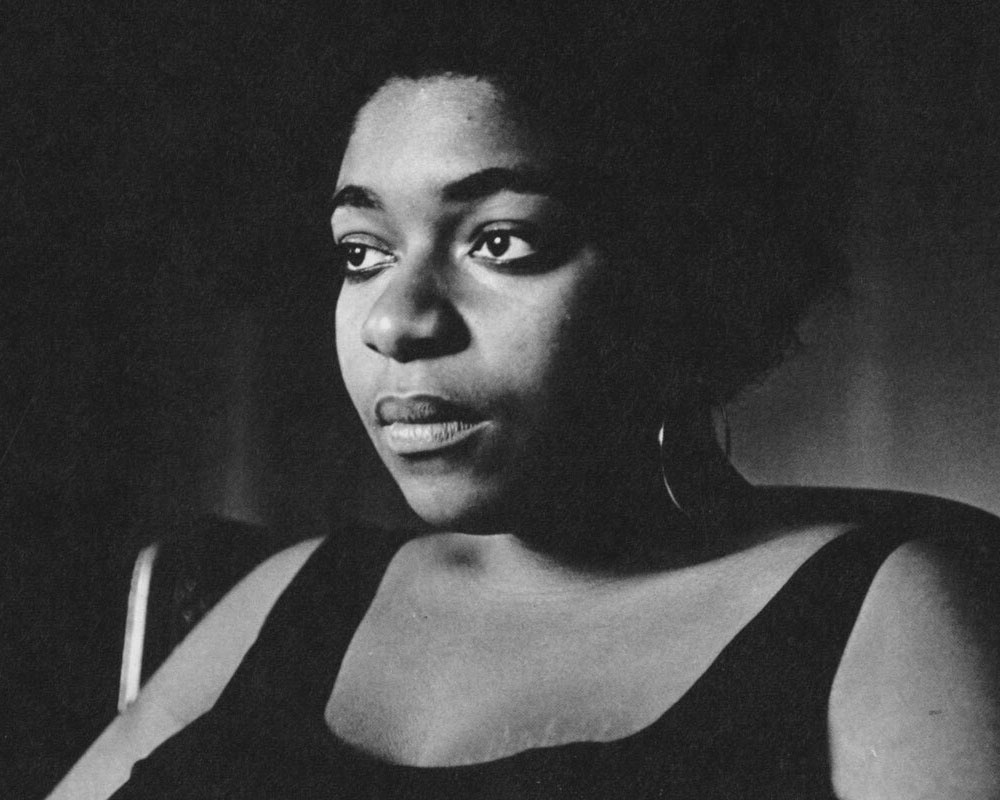
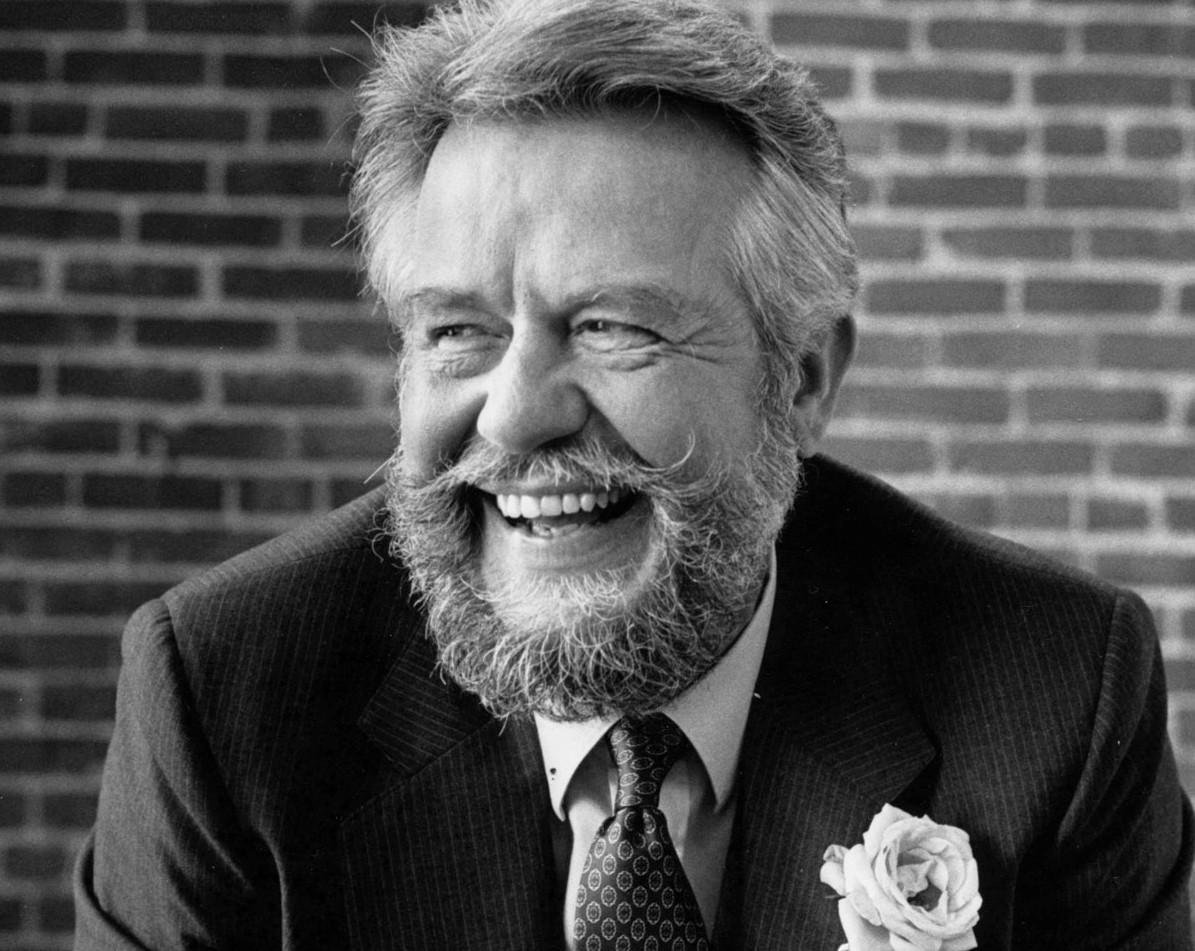
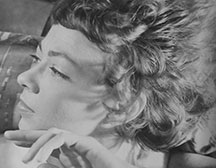
![Photo of Prof. Marvin Levich [philosophy 1953–94]](https://www.reed.edu/reed-magazine/in-memoriam/assets/images/2022/LTL-levich1.jpg)
![Photo of President Paul E. Bragdon [1971–88]](https://www.reed.edu/reed-magazine/in-memoriam/assets/images/2020/Bragdon.jpg)
![Photo of Prof. Edward Barton Segel [history 1973–2011]](https://www.reed.edu/reed-magazine/in-memoriam/assets/images/2020/Segel.jpg)
